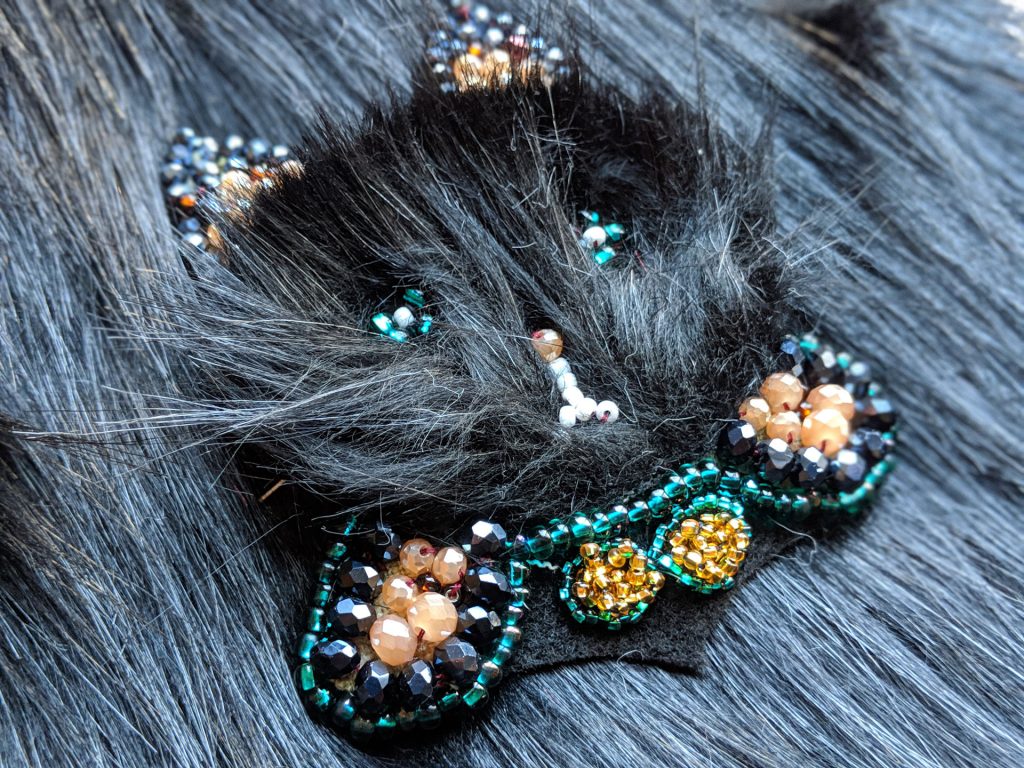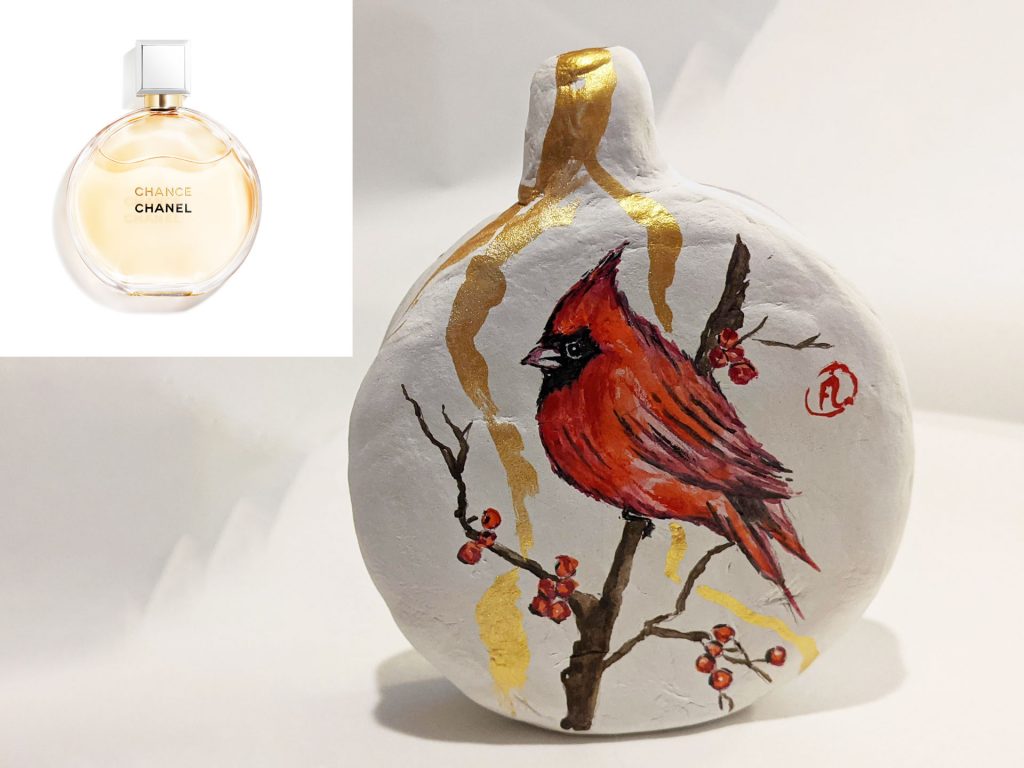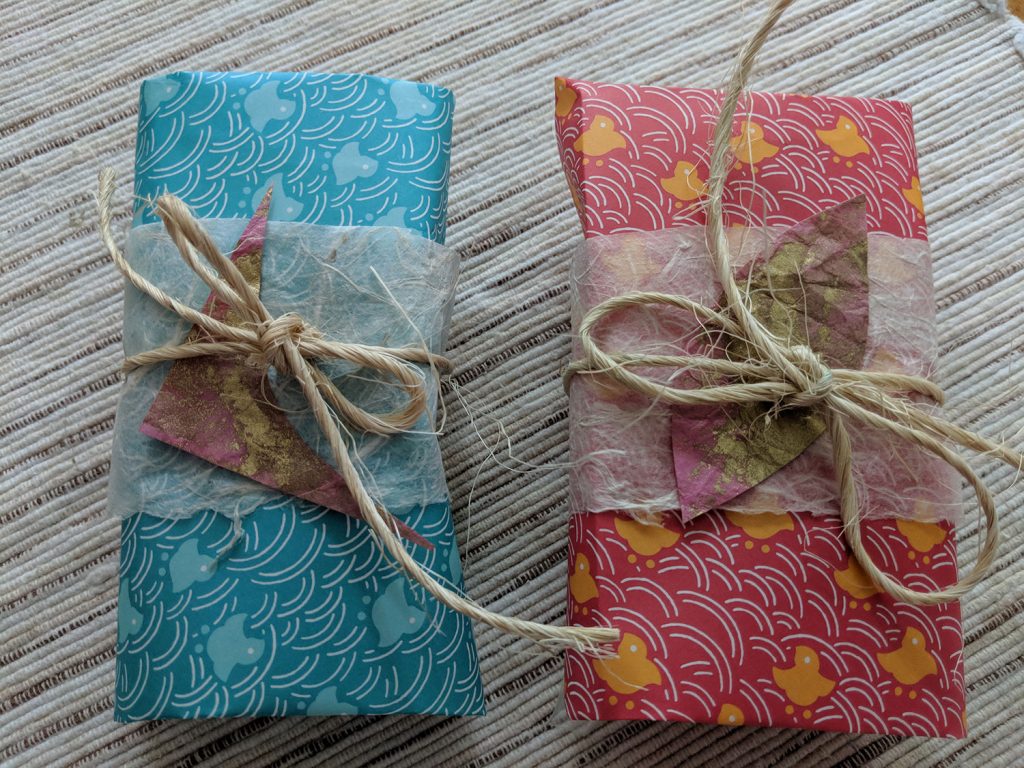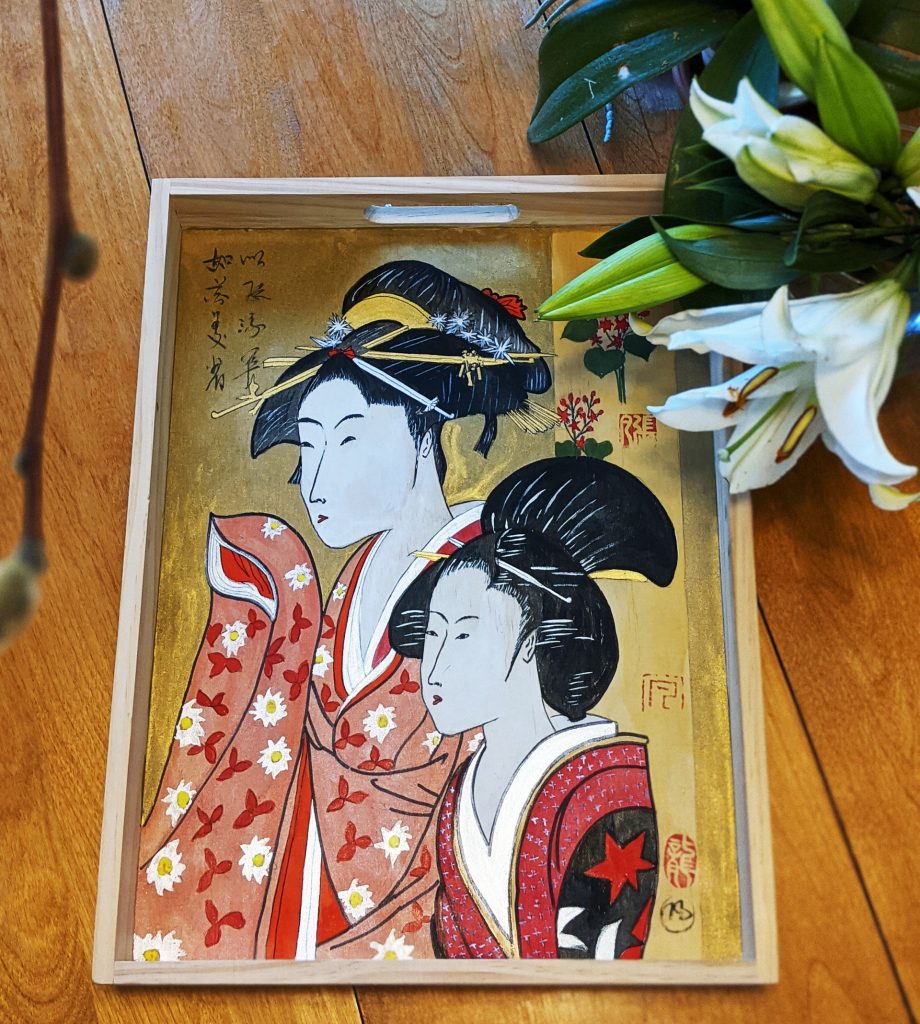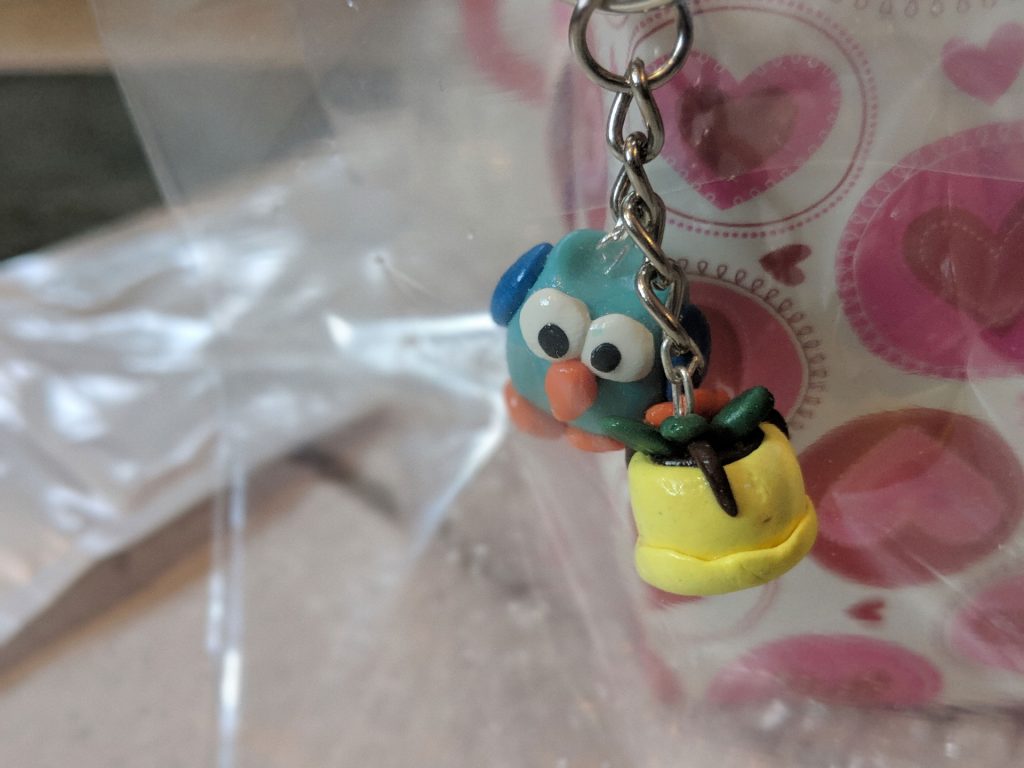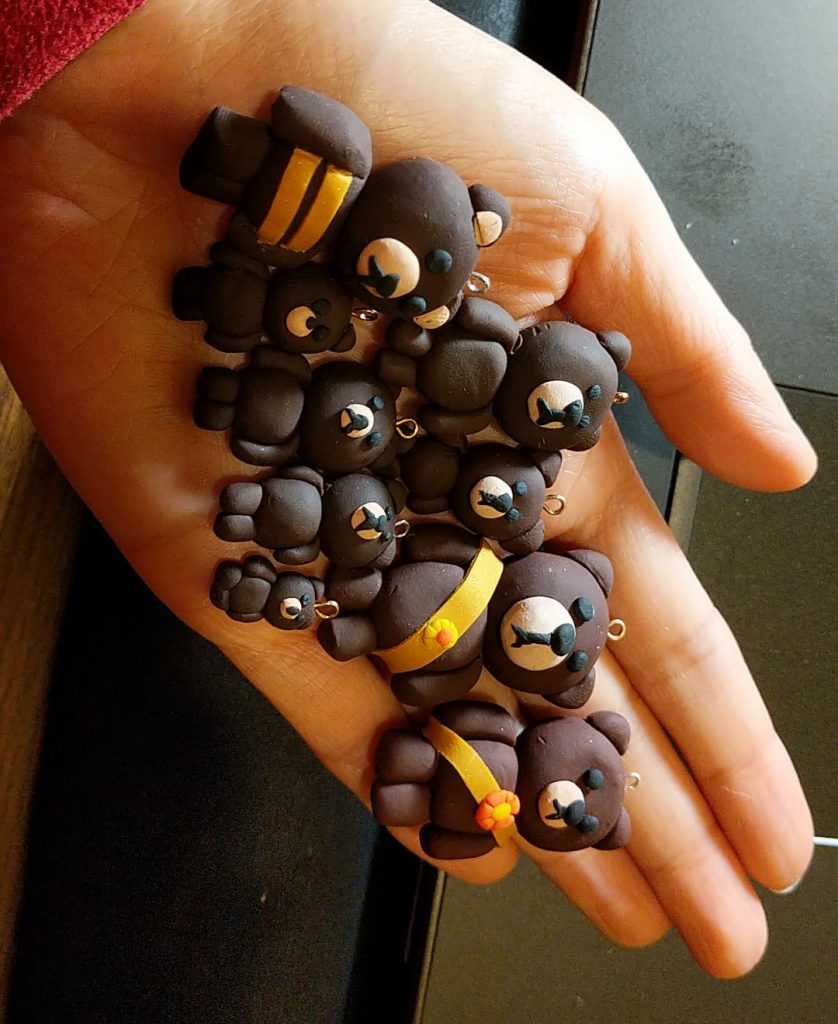$30.00
Painting on different materials or different textiles always is an exciting experience for me. Since I found some rock in my back yard and painted on it, I know that was just a start. I have done carving on soapstone as a traditional Chinese art format, so I decided to carve and paint on the side of the soapstone to decorate it. The paint I used is watercolor.

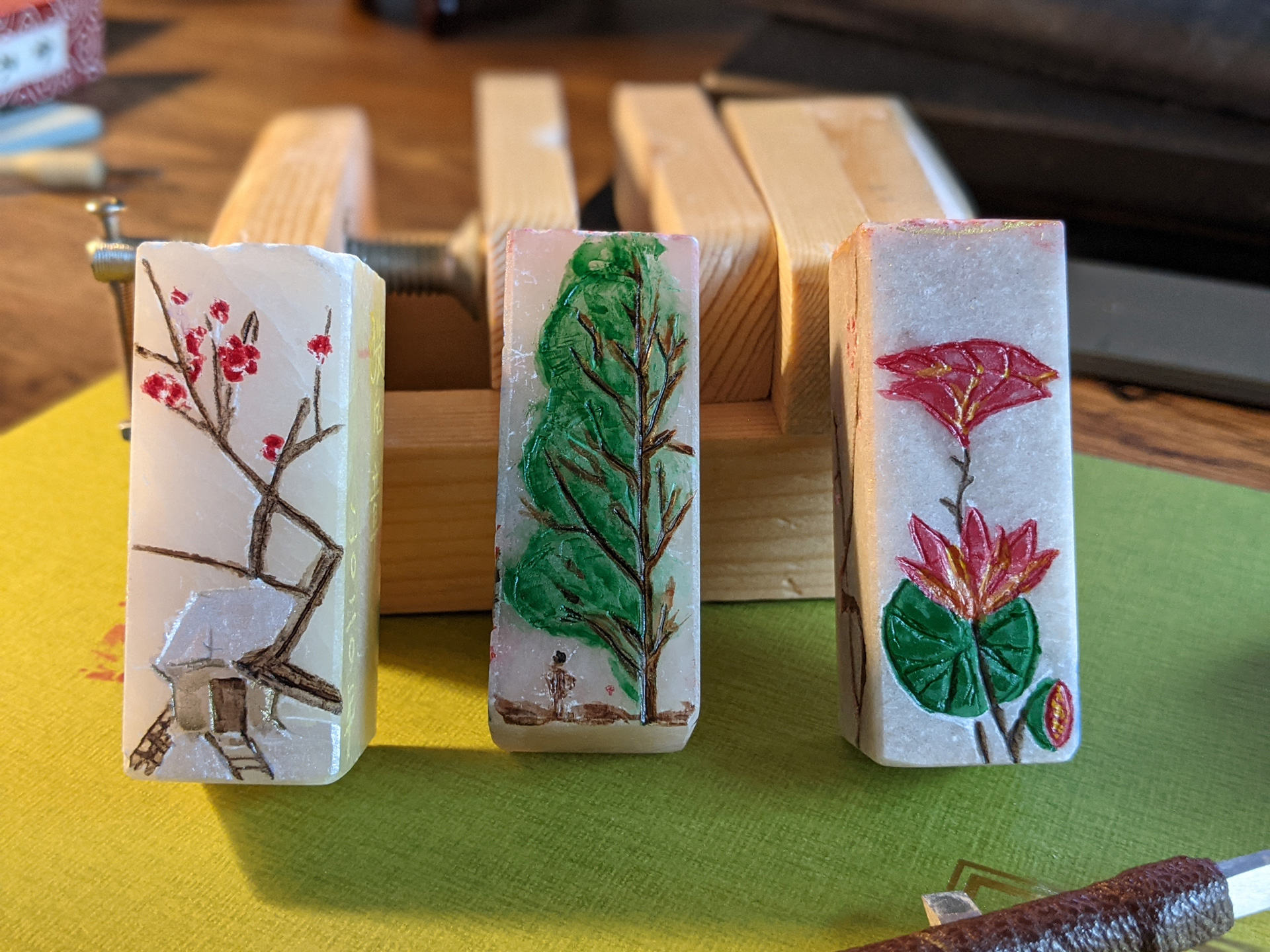

History Of Seal carving (Wikipedia)
In the Shang dynasty seals started being used in the government offices, where they represented authority and power. During the Shang and Zhou dynasties the materials for seal making were mainly animal bone, copper (bronze), and pottery. There were specially trained, sophisticated artisans or craftsmen, including potters who specialized in this work, making seals. Because seals in this period were mainly used in governments and mainly by nobles and officials, the style of seals was very formal and beautiful. In the Shang dynasty, the oracle bone script (甲骨文) was used. During the Zhou period various scripts were used (because Chinese characters were still not unified), but mainly the dazhuan (大篆) or jinwen (金文) scripts were used.
In the Qin dynasty the more regular and formal seal script called xiaozhuan (小篆) was formalized by Chancellor Li Si and prescribed by the Emperor Qinshihuang, thus the written script of Chinese characters was unified for the first time. Due to the development of Chinese architecture, seals of this period were also widely used in building materials, e.g. after finishing a tile or a brick the maker normally stamped his seal on the surface. This can be seen on antiques of this period. Such seals, beside indicating the producers’ names, time, or place, already have various styles, reflecting the personal characteristics of the manufacturers.
In the Song dynasty scholar-artists flourished and seal making became popular. Since that era, soft stone has been widely used in seal cutting. Stones from Qingtian, currently in Zhejiang Province, are called Qingtian stone (青田印石) while those called Shoushan stone (壽山印石) from Fujian Province were also widely used. Some artisans became experts, creating numerous carving styles. Also during this period seals started being used as authentification on paintings and works of calligraphy.
In the Yuan dynasty seal cutting was already a very developed art. The Ming and Qing dynasties were two golden periods for the art of seal cutting. In the Qing dynasty stones from Mongolia called Balin stone (巴林印石) began to be used. In modern times, a work of Chinese painting or calligraphy normally has one or more seals.



